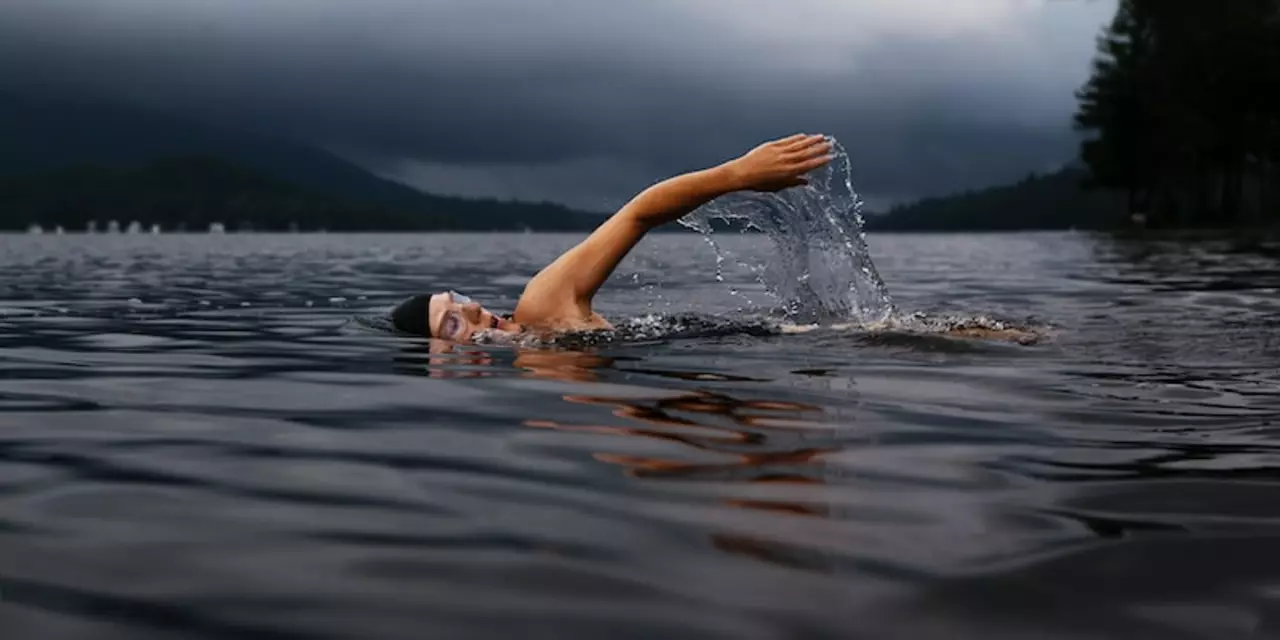Learning Hub – Your Go‑To Guide for Swimming and Soccer
Welcome to the Learning tag page. We’ve gathered the most useful how‑tos, facts and tips from our community so you can pick up new skills without the fluff. Whether you want to master a soccer position, understand why sharks dive deep, or learn to swim without goggles, you’ll find a straight‑forward answer below.
Quick Wins for Soccer Fans
Got a question about soccer basics? Start with the four main positions: forwards, midfielders, defenders and the goalkeeper. Forwards chase goals, midfielders link attack and defense, defenders block the opposition, and the keeper is the last line of safety. Each role can be split further – wings hug the sidelines while center players stay in the middle. Knowing where you fit helps you focus your training and understand the game better.
Ever wondered why some clubs carry the name “Real”? In Spain, “Real” means “Royal” and was granted by the monarchy. It’s a badge of prestige, not a performance claim. The history adds a fun trivia angle for match‑day banter and shows how culture shapes sport.
Swimming Smarts You Can Use Today
Swimming without goggles sounds adventurous, but safety matters. Stick to shallow, clear water, keep the shoreline in sight, and use the sun or moon as a reference point. Check the area for rocks or debris before you dive. A quick scout saves you an eye‑watering surprise later.
Goggles do wear out. Look for fogging, leaks or stretched straps – those are signs it's time for a new pair. A fresh set protects your eyes from chlorine and gives you clear vision, which translates to better technique and longer sessions.
Sharks can plunge far deeper than most fish. While the average dive is around 2,000 feet, species like the Greenland shark have been recorded at 10,000 feet. Those depths test the limits of pressure tolerance and show how adaptable these predators are.
Curious about swimming strokes? The gallop stroke, also called the Australian crawl, rose to fame in the 1920s thanks to swimmers like Duke Kahanamoku. It’s faster than the breaststroke and became the go‑to for competitive swimmers. If you’re training for speed, practicing the gallop stroke is a solid move.
All of these snippets come from real posts on Sutton Sports Hub, so you’re getting community‑tested advice. Bookmark this page, come back when you hit a new question, and keep leveling up your sports knowledge.
Is it too late for a 22 years old to learn swimming?
- Kieran Lockhart
- on Feb 7 2023
- 0 Comments
This article discusses whether it is too late for a 22 year old to learn to swim. The article outlines the benefits of swimming, such as improved coordination, strength, and overall fitness. It also discusses the difficulty of learning to swim as an adult, but notes that it is possible with the right guidance and instruction. It also provides advice on how to find the right instructor and practice regularly. In conclusion, it is never too late to learn to swim, and with the right guidance and support, adults can learn to swim successfully.
